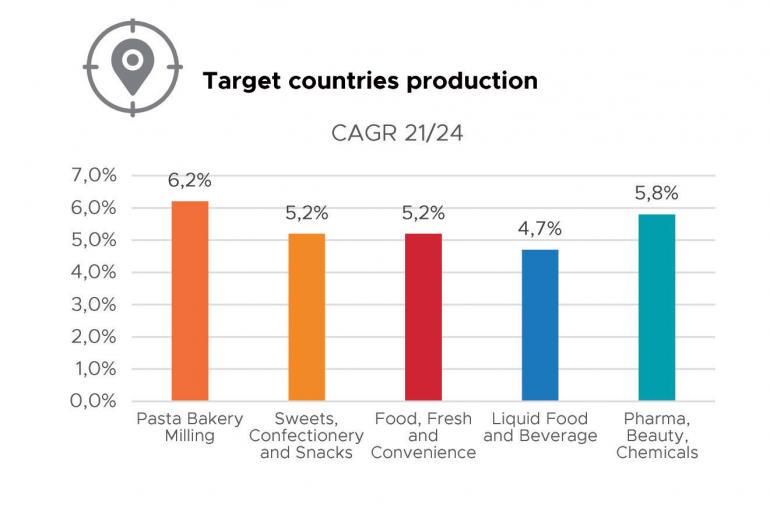Driving Success: Business Optimization Approaches
In the fast-paced world of business, staying competitive requires a constant commitment to optimization. Explore key approaches that businesses are employing to maximize efficiency and achieve success in today’s dynamic landscape.
(For more insights on Business Optimization Approaches, visit Fortahira)
Data-Driven Decision Making
At the core of business optimization is data-driven decision-making. Successful businesses harness the power of data analytics to gain valuable insights into customer behaviors, market trends, and internal operations. By making informed decisions based on data, organizations can streamline processes, identify opportunities, and enhance overall efficiency.
Process Streamlining and Automation
Efficiency is often hindered by complex and inefficient processes. Business optimization involves a meticulous examination of workflows to identify bottlenecks and redundancies. Leveraging technology, organizations automate repetitive tasks, reducing manual errors and allowing employees to focus on tasks that require human expertise.
Strategic Resource Allocation
Optimizing business resources is a critical aspect of achieving efficiency. Businesses strategically allocate resources, including finances, manpower, and time, to areas that generate the most significant impact. This approach ensures that resources are utilized optimally, contributing to improved productivity and the attainment of organizational goals.
Customer-Centric Strategies
Business optimization extends to customer-centric strategies. Understanding and responding to customer needs efficiently is vital for success. Companies adopt approaches such as personalized marketing, responsive customer service, and customer feedback analysis to tailor their strategies, enhance customer satisfaction, and build lasting relationships.
Technology Integration for Innovation
Embracing innovative technologies is a key driver of business optimization. Businesses integrate cutting-edge technologies, such as Artificial Intelligence (AI), Internet of Things (IoT), and cloud computing, to enhance operational efficiency. Technology enables real-time data access, facilitates collaboration, and opens avenues for innovation across various industries.
Continuous Learning and Skill Development
Optimizing business performance involves investing in the continuous learning and skill development of the workforce. Organizations foster a culture of learning, providing employees with opportunities for professional development. A skilled workforce is more adaptable, productive, and contributes to the overall optimization of business operations.
Strategic Partnerships and Collaborations
In an interconnected business landscape, strategic partnerships and collaborations are essential optimization approaches. Organizations form alliances with other businesses to leverage complementary strengths, share resources, and access new markets. Collaborative efforts contribute to increased efficiency and the achievement of mutual objectives.
Agile and Adaptive Business Models
The ability to adapt swiftly to changes in the business environment is a hallmark of successful optimization approaches. Businesses embrace agile and adaptive models that allow them to respond quickly to market shifts, technological advancements, and evolving customer preferences, ensuring resilience in a dynamic landscape.
Risk Management and Mitigation Strategies
Optimization includes proactive risk management and mitigation strategies. Businesses identify potential risks, both internal and external, and develop strategies to minimize their impact. This approach enhances organizational resilience, protects assets, and ensures continuity in the face of unforeseen challenges.
Employee Engagement and Well-being
Recognizing the significance of a motivated and healthy workforce, businesses optimize employee engagement and well-being. Employee satisfaction contributes directly to productivity and efficiency. Companies implement initiatives such as flexible work arrangements, wellness programs, and a positive workplace culture to foster an environment where employees can thrive.
Conclusion: Thriving in the Competitive Landscape
In conclusion, Business Optimization Approaches are pivotal for thriving in the competitive business landscape. By adopting a holistic approach that includes data-driven decision-making, technology integration, and strategic partnerships, organizations position themselves for sustained success. To delve deeper into the world of Business Optimization Approaches, visit Fortahira.






